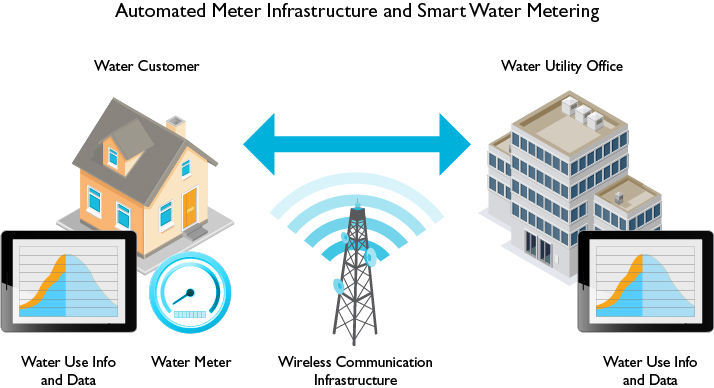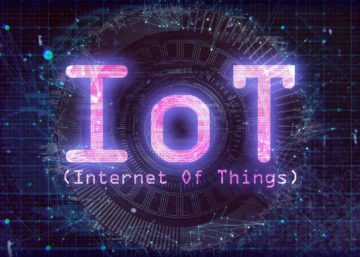In one of our previous articles, we talked about the various ways in which water could be priced and how pricing can encourage the use of water in more sustainably.
This article is going to talk about how we can integrate the next evolution in technology i.e the Internet of things for better pricing and metering of water.
The next great age of technology is the Internet of Things (IoT). Supposedly, technology will be so inexpensive that we will connect everything that comes to our mind. Smart sensors deployed throughout your home will let you monitor and control everything that happens there. Smart sensors deployed across a city will enable better-managed communities.
Yes, the Internet of Everything is just around the corner.
Looking at the water delivery industry one of the most recent developments in smart water meter technology are devices that electronically measure not only water consumption but also offer data related to when that water was used or even about possible leaks. They deliver real-time water usage data to both the water utility and customers, leading to improved conservation and quicker leak repairs.
In order to transmit this data, water utilities need a powerful infrastructure. Since public utilities and cities are not in a position to own infrastructure one approach can be to utilize existing networks for processing the information gathered by smart meter technology.
This enables the utilities to act quickly on demand and flexibly connect parts of a town to the circuit or scale up to a whole smart city metering concept. The benefits of this approach rather than having to build a new infrastructure starts to make even more sense in rural areas.
A larger deterrent to the growth of smart water metering is actually the market’s use of mechanical water meters. Most water meters today use a turbine that rotates as water passes through. This physical device is bulky and inaccurate. Perhaps even worse, the flow rates associated with the “average leaky house” cannot be detected with these mechanical meters.
Many so-called “smart” water meters simply use a small microcontroller to count the turbine rotations and then report the data over a wireless network. Fortunately, new technology exists that eliminates the mechanical component of a water meter, allowing newer robust smart water meters to shrink in size, increase measurement accuracy (especially at low leakage rates), and reach into more potential homes.
Some of the advantages that will occur from the integration of IoT in water pricing and metering are as follows:
Diminish Manual Effort– If water meters work as connected devices that can be read remotely, cities profit from significant savings: The technology saves the manpower and travelling costs to physically read the meters.
Track Real-time Usage- Customers have the ability to reduce consumption costs by receiving almost immediately notifications of possible swings in usage which in most cases are a sure sign of a leak.
Reduce Water Leaks– Water that is lost due to leaks, water meter inefficiencies and other problems, causing it to somehow not get metered for is a constant concern among water utilities. In that respect being able to actually charge all of the water going through the system is reason enough for water utilities to switch to a smart metering concept.
Smart Alerts on Consumption– IoT-enabled metering devices will monitor and also keep a much closer eye on individual water use. E.g. if a household fails to have a period of time with no use the meter sends an alert – warning about a possible leak.
Summarizing one can state that smart meters are one of the many useful examples of the Internet of Things and make it easier for utilities to predict usage and demand, which then helps in setting water rates.
Additionally, their improved accuracy and access to previously unrealized analytics also help to take water management and water conservation better into account and raise awareness for water being one of the most precious resources there is.
Image Source- Advanced Metering Infrastructure Market Segmentation by Revenue, Present & Future Scenario To 2026








